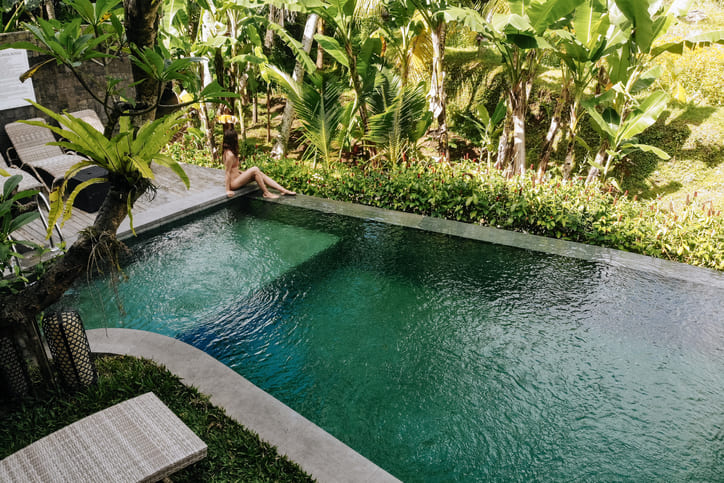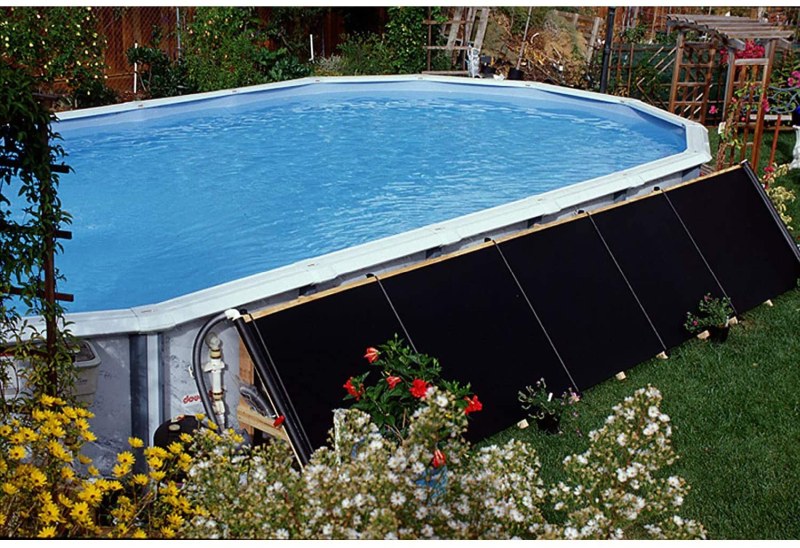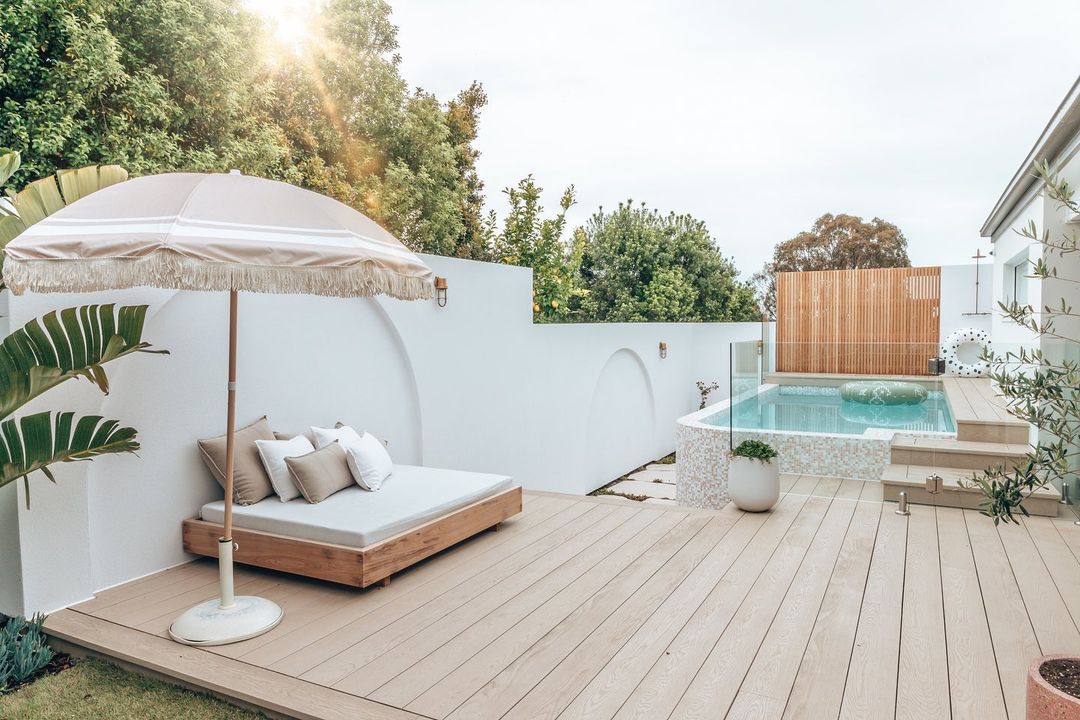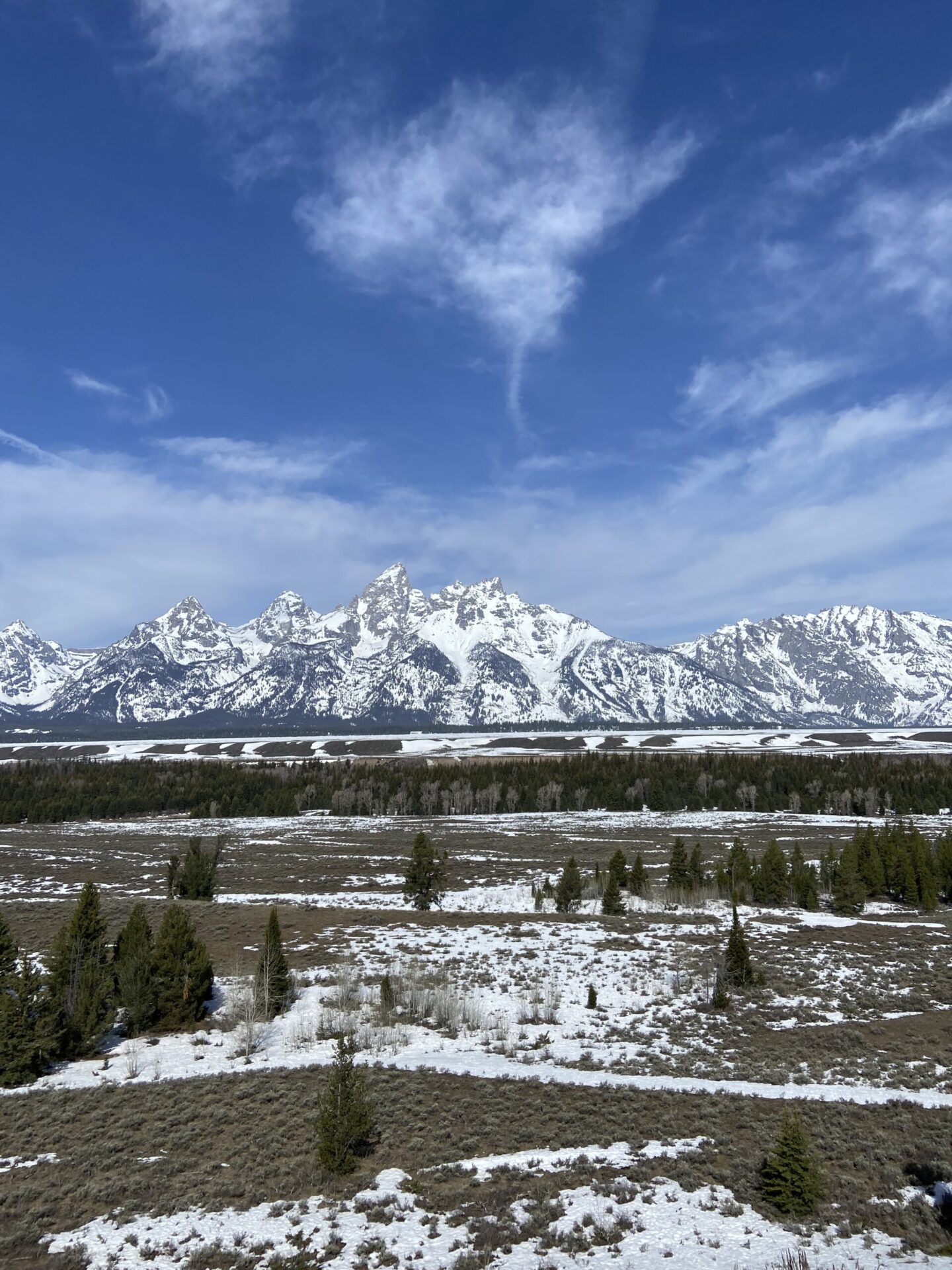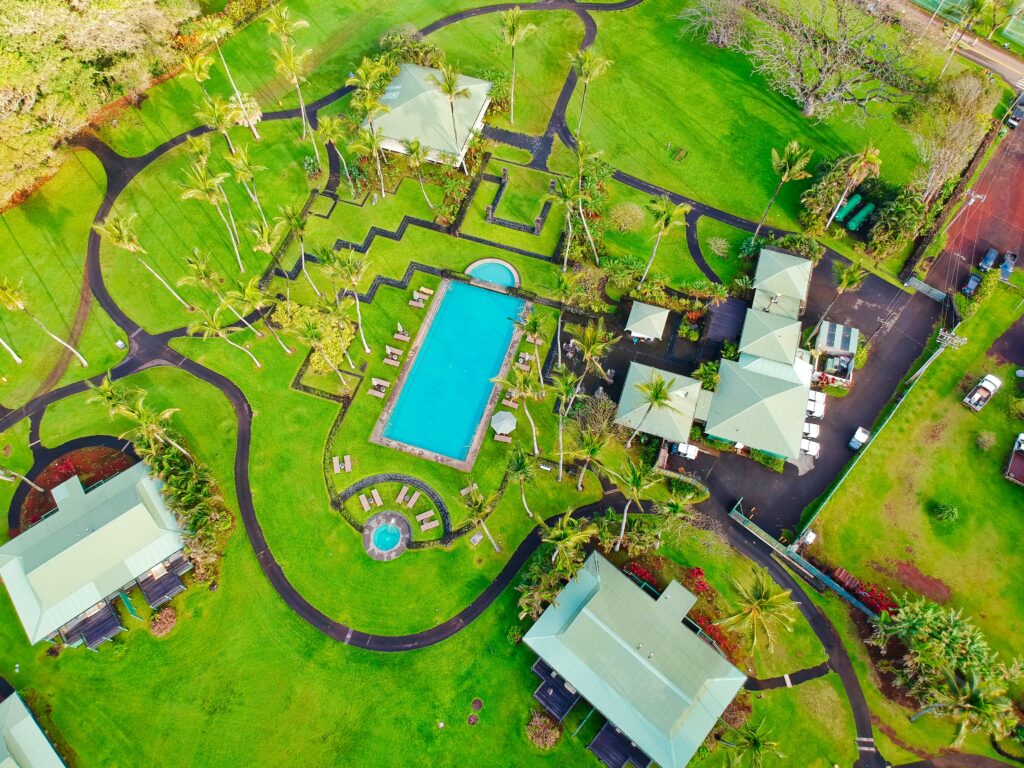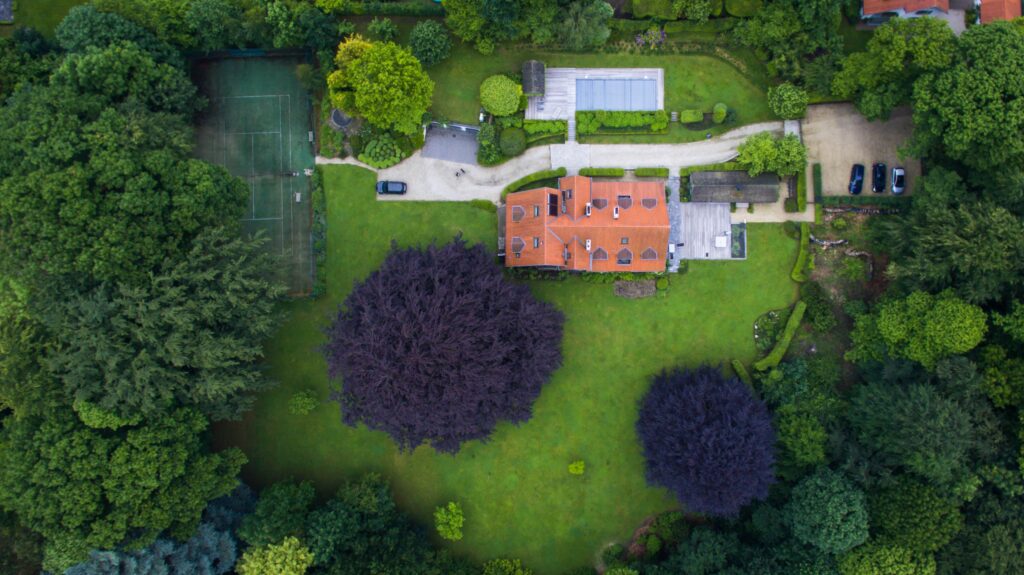If you’ve been dreaming of adding some fun and relaxation to your backyard with an above ground pool, you’re in the right place! Whether you’re a first-time pool owner or looking to upgrade, this article will guide you on how to prepare your yard for your new pool. From choosing the perfect location to leveling the ground and ensuring proper drainage, we’ve got you covered. Get ready to transform your yard into the ultimate summer oasis!
1. Assessing the Yard
Before you begin preparing your yard for an above ground pool, it’s important to assess the area to ensure it is suitable for installation. Here are some steps to follow:
1.1 Measuring the Yard
Start by measuring the dimensions of your yard to determine if it can accommodate the size of the pool you want. Consider the length, width, and available space around the pool for walkways or landscaping.
1.2 Evaluating the Ground
Next, evaluate the ground in your yard to ensure it is level and stable. Look for any dips or uneven areas that may need attention before installing the pool. A level ground is crucial for the stability and longevity of your pool.
1.3 Checking for Obstacles
Take a careful look around your yard and identify any obstacles that may hinder the installation process or pose a safety risk. These may include trees, shrubs, rocks, or underground cables and pipes. It’s important to address these obstacles before proceeding.
1.4 Determining the Best Location
Based on your assessment, determine the most suitable location for your above ground pool. Ideally, you should choose an area that is level, free from obstacles, and provides easy access to water and electricity sources.
2. Removing Existing Obstacles
Once you have identified any obstacles in your yard, it’s time to remove them to create a clear space for your pool. Follow these steps:
2.1 Clearing Debris
Start by clearing away any debris such as leaves, branches, or trash that may be present in the area where you plan to install the pool. This will help create a clean and safe environment for swimming.
2.2 Trimming Trees and Shrubs
If there are any overhanging branches or dense shrubs near the pool area, trim them back to prevent debris from falling into the water. This will also minimize shading and ensure proper sunlight exposure for the pool.
2.3 Removing Rocks and Roots
Next, remove any rocks, stones, or large roots that may be present in the ground. These can create uneven surfaces and pose a risk to the pool’s structure. Use appropriate tools to dig out rocks or cut through roots, taking care not to damage underground utilities.
This image is property of images.unsplash.com.
3. Leveling the Ground
Achieving a level ground is crucial for the stability and proper functioning of your above ground pool. Follow these steps to level the ground effectively:
3.1 Checking for Low Spots
Using a long, straight board or a level, check the ground for any low spots or uneven areas. These can cause water accumulation, leading to damage to the pool liner or structure. Mark the low spots for further attention.
3.2 Filling in Depressions
To address the low spots, fill them in with suitable fill dirt or sand. Compact the fill material properly to ensure stability and prevent settling. Continuously check the level as you fill to achieve an even ground surface.
3.3 Leveling with a Grading Rake
Once the low spots are filled, use a grading rake or a similar tool to level the ground. Work the rake back and forth, redistributing the soil and ensuring a smooth and even surface. Regularly check the level to ensure accuracy.
4. Preparing the Base
Creating a solid base for your above ground pool is essential for its stability and longevity. Follow these steps to prepare the base:
4.1 Marking the Pool Perimeter
Start by marking the perimeter of the pool. Use spray paint or stakes and string to outline the shape of the pool on the leveled ground. This will serve as a guide during the installation process.
4.2 Removing Sod or Grass
Within the marked perimeter, remove the sod or grass using a shovel or a sod cutter. Ensure you remove enough depth to accommodate the pool’s base layer and any additional materials required.
4.3 Adding a Base Layer
Once the sod or grass is removed, add a layer of crushed stone, sand, or a combination of both as the base layer. This layer will provide stability and help prevent the growth of weeds. Level and compact the base layer thoroughly.
This image is property of images.unsplash.com.
5. Installing Ground Cloth or Pool Pad
Installing a ground cloth or pool pad beneath the pool is essential to protect the pool liner from potential damage. Follow these steps to install it correctly:
5.1 Choosing the Right Material
Select a suitable ground cloth or pool pad that is compatible with your pool model and offers adequate protection. Consult the manufacturer’s recommendations or seek professional advice if needed.
5.2 Spreading the Ground Cloth
Unroll the ground cloth or pool pad within the marked perimeter, ensuring it fully covers the base layer. Smooth out any wrinkles or folds and adjust it to fit the pool dimensions accurately.
5.3 Securing the Edges
Once the ground cloth or pool pad is in place, secure the edges using landscaping fabric staples or similar anchoring methods. This will prevent the cloth from shifting or moving during installation or pool use.
6. Assembling the Pool
With the groundwork complete, it’s time to assemble the above ground pool. Follow these steps:
6.1 Reading the Instructions
Before starting the assembly process, carefully read and understand the manufacturer’s instructions provided with your pool. This will ensure proper installation and prevent any mistakes.
6.2 Laying Out the Pool Components
Lay out all the pool components in the order specified by the instructions. Identify and organize the pool walls, frame, tracks, and other necessary parts to streamline the assembly process.
6.3 Connecting the Frame
Begin by connecting the pool frame according to the instructions. Follow the specified sequence, ensuring each joint or connection is secure. Use the provided hardware or tools to tighten bolts or screws.
This image is property of images.unsplash.com.
7. Filling and Stabilizing the Pool
Once the above ground pool is assembled, it’s time to fill it with water and stabilize it for safe usage. Follow these steps:
7.1 Filling the Pool with Water
Using a garden hose or another water source, begin filling the pool with water. Ensure an even and balanced distribution of water to avoid putting excessive stress on the pool walls or liner.
7.2 Monitoring the Water Level
As the pool fills, continuously monitor the water level. Adjust the filling rate or add water as needed to achieve the desired level. Avoid overfilling the pool to prevent overflowing.
7.3 Adding Stabilizers and Chemicals
Once the pool is filled, add appropriate stabilizers and chemicals to maintain water balance and prevent algae growth or other issues. Refer to the manufacturer’s recommendations or seek professional advice for proper chemical treatment.
8. Creating a Pool Barrier
Creating a pool barrier is essential to ensure the safety of children and pets. Follow these steps to establish a secure barrier:
8.1 Understanding Safety Requirements
Familiarize yourself with your local safety requirements and regulations regarding pool barriers. These may include height, fencing materials, gate specifications, and other safety features.
8.2 Erecting a Fence or Gate
Install a suitable pool fence or gate around the perimeter of the pool area. Ensure it meets the minimum height requirement and has a self-closing, self-latching gate. Regularly inspect and maintain the fence for any damages or malfunctions.
8.3 Installing Pool Alarms
Consider installing pool alarms as an additional safety measure. Pool alarms can alert you if someone enters the pool area without authorization or if a child accidentally falls into the water. Choose alarms that align with your safety needs and preferences.
9. Landscaping around the Pool
Enhancing the aesthetics and functionality of your above ground pool area can be achieved through thoughtful landscaping. Follow these steps:
9.1 Designing the Pool Landscape
Plan the layout of your pool landscape, considering factors such as space constraints, desired features, and your personal preferences. Incorporate elements like flower beds, seating areas, or decorative stones to create an appealing environment.
9.2 Choosing Pool-friendly Plants
Select plants that thrive in poolside environments and are suitable for your region’s climate. Opt for low-maintenance plants with minimal shedding or invasive root systems. Consider ornamental grasses, succulents, or flowering shrubs.
9.3 Adding Walkways or Patio
To create a functional and visually appealing pool area, consider adding walkways or a patio surrounding the pool. Choose materials that are slip-resistant and complement the overall design of your yard.
10. Regular Pool Maintenance
Proper and regular maintenance is essential to keep your above ground pool clean, safe, and in good condition. Follow these steps:
10.1 Cleaning the Pool
Regularly clean the pool by removing leaves, debris, and any other foreign objects using a skimmer or net. Brush the walls and floor to prevent algae growth and vacuum the pool to remove dirt and sediment.
10.2 Balancing Water Chemistry
Maintain proper water chemistry by regularly testing and adjusting the pH, chlorine, and other chemical levels. Follow recommended guidelines and consult a professional if needed to ensure optimum water quality.
10.3 Winterizing the Pool
Before winter arrives, properly winterize your above ground pool to protect it from freezing temperatures and harsh weather conditions. This may include draining the pool, removing and storing equipment, and installing a winter cover.
By following these steps and taking the time to prepare your yard adequately, you’ll be well on your way to enjoying your above ground pool for years to come. Remember to always prioritize safety, proper maintenance, and adherence to local regulations for a relaxing and enjoyable pool experience.



